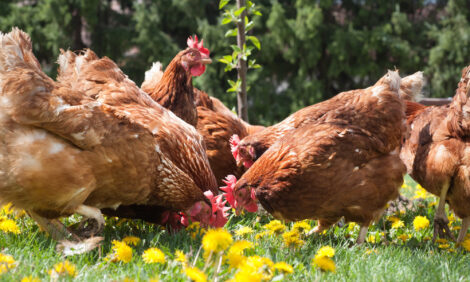



Predator control and pheasant survival – a longitudinal study
A new longitudinal study in the UK examines pheasant cause of death and finds that shooting and predation account for the majority of deaths.A recent study conducted by the Game and Wildlife Conservation Trust explores the cause of death of radio-tagged pheasants in the UK. Though the species is not native to the UK, pheasants are the most common gamebird in the UK. Between 30-40 million pheasants are released for shooting each year (between 1 October and 1 February). The revenues generated from shooting has funded extensive research into gamebird conservation.
For this study, researchers collected data from several studies over the past 25 years. Researchers were examining adult pheasant predation before and during the UK shooting season. They also focused on hen pheasant predation during breeding season.
Though shooting was the main cause of death for the radio-tagged pheasants (35 percent), 19 percent of the sample birds were predated or scavenged before the shooting season. 15 percent were predated during the shooting season. On average, 17 percent of the pheasants in the sample survived to the end of the shooting season. Foxes were identified as the main predators for the pheasants.
The researchers noted that there was a high degree of variation in the data between sites and over the years. However, they concluded that sites with a strict predator control policy during the breeding season had lower rates of hen pheasant predation. They also found that adult pheasant predation could be reduced by effective predator control at the end of the shooting season and when pheasants are breeding.
An extended summary of the research findings can be read here.










